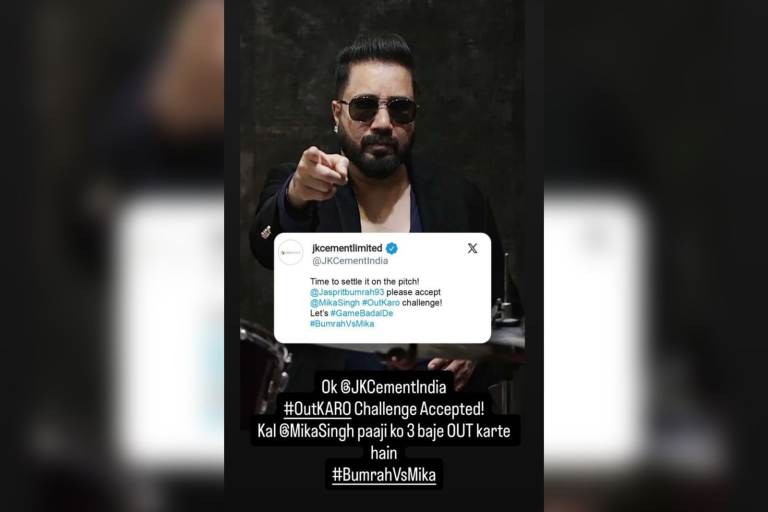
Kamesh Gareri
New Delhi: Former Senior National Coach Kamesh Gareri has lauded the Government of India for its strong commitment to building a vibrant sports ecosystem through flagship programmes such as Khelo India, Target Olympic Podium Scheme (TOPS), and the Fit India Movement. According to him, these initiatives are not only policy measures but stepping stones toward transforming India into a sporting powerhouse.
“By strengthening grassroots training, offering elite athlete support, and making fitness a culture in schools, the government is creating the right foundation for long-term sporting success,” Gareri said while addressing the media. He underlined that the reforms are crucial for shaping India’s identity as a nation where sports is integral to growth and development.
However, Gareri also emphasized that India must look beyond its borders and adapt successful strategies from global sporting nations. He pointed to several models that could accelerate India’s journey.
United Kingdom: Grassroots and Community Clubs
In the UK, Sport England funds thousands of community-level clubs, ensuring that sports facilities are accessible to every child. Football academies linked with clubs create a direct path for young talent to rise.
Lesson for India: Building district and community-based clubs would give athletes a strong start before they enter the national circuit.
Germany: Sports Science and Coaching Excellence
Germany’s Olympic Training Centres are backed by biomechanics labs, nutrition experts, and mental conditioning specialists. The DFB Academy is regarded as a gold standard in coach education.
Lesson for India: Setting up regional sports science centres and making coach certifications performance-driven can dramatically raise standards.
Japan: School Sports and Discipline
Japanese schools integrate daily bukatsu (club activities), where students engage in sports under the guidance of teacher-coaches. The system emphasizes teamwork, respect, and discipline alongside athletic training.
Lesson for India: Incorporating 90–120 minutes of structured sports sessions into school timetables, led by trained PE teachers, can instill both fitness and values in children.
Australia: Identifying Talent Early
The Australian Institute of Sport (AIS) scouts children as young as 10–12, guiding them through long-term development plans. This system has produced stars like Cathy Freeman and Ian Thorpe.
Lesson for India: A National Talent Identification Program covering every district, combined with athlete-specific development plans, could prepare India’s next generation of champions.
United States: College Sports and Career Pathways
The US model, driven by the NCAA, integrates higher education with professional-level competition. College sports nurture world-class athletes and also create a thriving sports economy.
Lesson for India: Launching a University Sports League would give athletes dual opportunities—education and competitive sport—reducing dropout rates due to academic concerns.
In his closing remarks, Kamesh Gareri noted:
“India has the numbers, passion, and determination. By aligning with global best practices, we won’t just chase medals—we will shape a culture where every child grows physically stronger, mentally sharper, and socially empowered through sports.”





